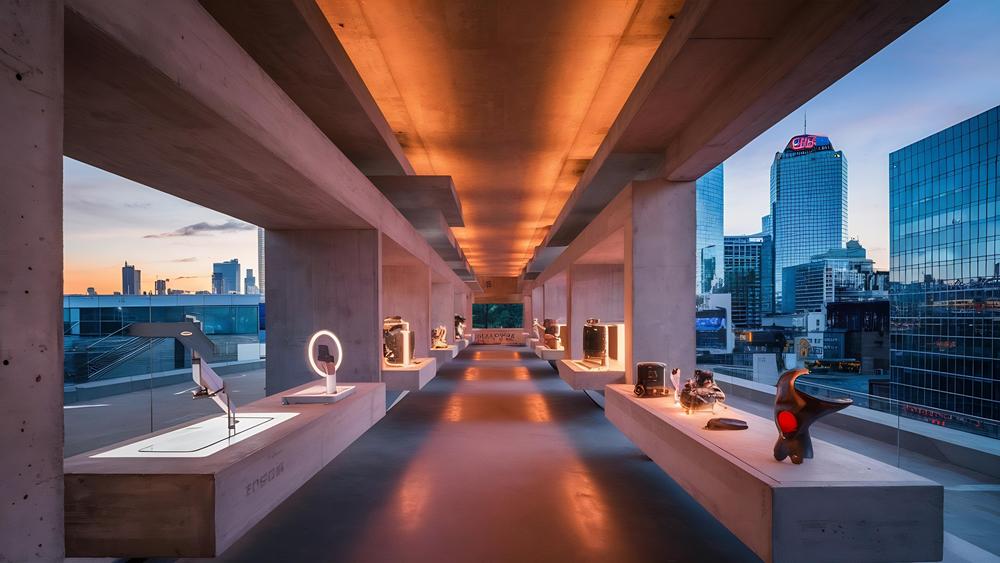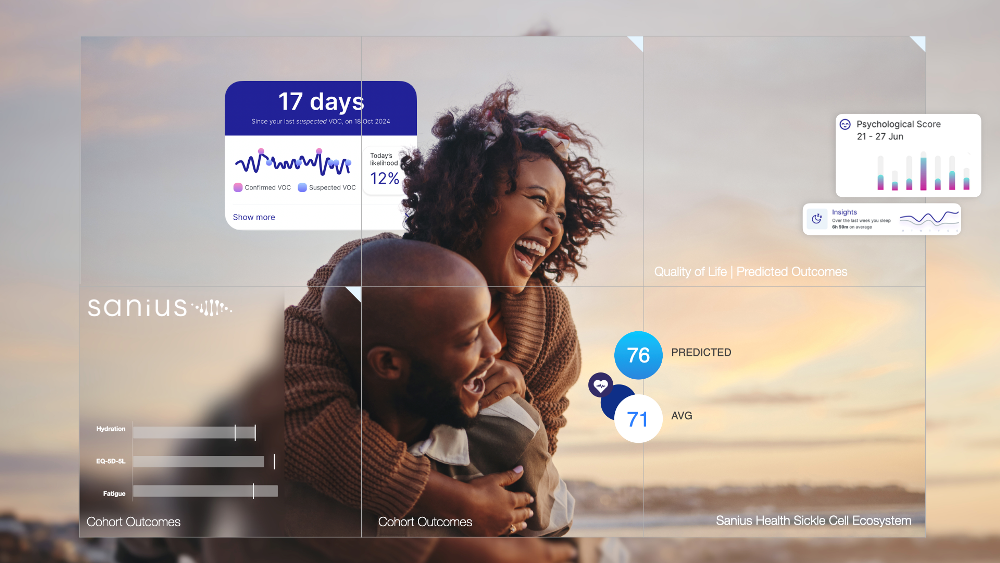
The remote work revolution isn’t slowing down—and digital nomads are proof that the traditional 9-to-5 desk job is being rewritten in real time. From city-hopping freelancers to van lifers and Airbnb hosts, these modern-day movers need homes that are as flexible, functional, and future-proof as their lifestyles.
But it’s not just about packing a laptop and hunting for strong Wi-Fi. Designing a high-tech home that supports a remote or mobile lifestyle is all about blending comfort with clever technology.
The Rise of Mobile-Friendly Layouts
Gone are the days of one static desk setup. Today’s interiors are designed to flex with the flow of work and life.
Moveable furniture: Think nesting tables, foldable desks, and convertible sofas that go from lounging to working in seconds.
Zoned layouts: Even in smaller homes, separating “work” and “rest” areas matters. A rug can define a mini workspace; a change in flooring can subtly mark where work ends and relaxation begins.
Compact tech stations: Wall-mounted monitors, charging hubs, and cable management solutions are key for creating tidy, tangle-free spaces.
For renters or short-stay dwellers, it’s all about making a space feel “work-ready” without drilling holes. Floor-to-ceiling bookshelves (on wheels), privacy curtains, or temporary room dividers can create functional nooks without permanent changes.
Mood and Focus at the Flick of a Switch
Lighting is everything when working remotely; no one wants to log into a meeting looking like they’re in a cave. But it’s not just about flattering light for video calls. Smart lighting supports productivity, mental health, and sleep cycles.
Tuneable white bulbs: Mimic natural daylight during the day, and shift to warm tones in the evening.
Voice or app-controlled systems: Tools like Philips Hue or LIFX let users adjust lighting to suit the task, time zone, or vibe.
Task-specific lighting: Under-cabinet lights in kitchen workspaces or adjustable desk lamps make multitasking easier, especially in shared or multipurpose rooms.
Bonus points for motion-sensor lights in high-traffic zones. Great for conserving energy when you’re flitting between calls, coffee, and the sofa.
Noise-Minimising Flooring
Digital nomads might be working from paradise, but barking dogs, creaky floors, or café-level clatter can kill the vibe. Soundproofing matters more than ever, and it starts underfoot.
Luxury Vinyl Tiles (LVT): Not only are they durable and water-resistant, but LVTs also offer brilliant acoustic benefits, especially when paired with sound-absorbing underlay.
Engineered wood with acoustic backing: A solid option that looks sleek but softens footfall in flats or shared homes.
Cork flooring: Naturally sound-absorbing, soft underfoot, and ideal for standing desks or long working days.
For renters or frequent movers, soft furnishings can help too. Layering rugs, adding thick curtains, and using fabric wall panels can make a massive difference.
Plug-In Productivity
Wherever there’s Wi-Fi, there’s a workspace. But not all connections are created equal. Digital nomads are building micro-infrastructures within their homes to stay online, powered, and productive.
Mesh Wi-Fi systems: Eliminate dead zones and boost speed across rooms or floors.
Charging stations: Designated plug points with USB-C, surge protectors, and fast charging keep all devices fuelled.
Portable monitors & foldaway keyboards: Allow any table to become a tech-ready desk.
Smart homes also come into play here; voice assistants, smart thermostats, and even robotic vacuum cleaners let nomads focus on work while the house looks after itself.
Wellbeing-First Interiors
It’s easy to blur boundaries when home doubles as the office, gym, and everything else. So, wellbeing-led interiors are crucial.
Ergonomic furniture: Adjustable chairs, standing desks, and laptop risers reduce strain on nomads glued to screens.
Natural elements: Biophilic design, like plants, daylight, and earthy materials, keeps the mind calm and focused.
Digital detox zones: Even a tech-savvy home needs tech-free corners. A reading nook with soft lighting and no sockets can be a sanctuary from screens.
And flooring? It’s more than aesthetic. Underfoot comfort matters, especially for those pacing during Zoom calls. Going for cushioned engineered wood or adding anti-fatigue mats in work zones can make long hours much more manageable.
Is It Worth It?
If the goal is to create a home that supports freedom, movement, and modern work habits, then absolutely. High-tech interiors aren’t just futuristic gadgets and sleek surfaces. They’re about enabling people to work smarter, live more comfortably, and feel in control, no matter where they are in the world.
Whether you’re setting up a permanent remote base or curating a temporary living space, investing in noise control, smart lighting, and adaptable layouts ensures that your home works with you, not against you.
Author Bio:
Sophie Marlowe is a digital content writer and outreach executive for Luxury Flooring. She specialises in crafting engaging blogs on home improvement and home decor with a focus on flooring. Sophie writes handy how-tos, easy guides, and helpful comparisons, letting the reader be informed and inspired to take their home to the next level.





